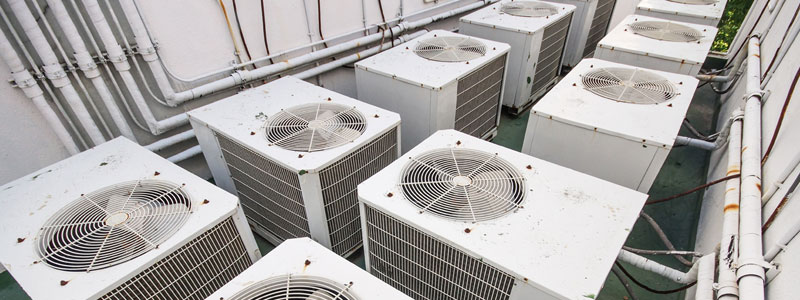Changing HVAC Filter
Regularly changing the HVAC (Heating, Ventilation, and Air Conditioning) filter is a simple yet vital maintenance task that can significantly impact indoor air quality, energy efficiency, and overall performance of your HVAC system. In this article, we will guide you through changing your HVAC filter. We’ll also highlight the benefits it brings and offer helpful tips to ensure the excellent functioning of your heating and cooling system.
Importance of Changing the HVAC Filter
The HVAC filter is crucial in trapping airborne particles from circulating through your home, including dust, pollen, pet dander, and allergens. Over time, the filter becomes clogged with these contaminants, obstructing airflow and reducing the efficiency of your HVAC system. By regularly changing the filter, you can:
1. Improve Indoor Air Quality: A clean HVAC filter helps remove airborne pollutants, promoting cleaner and healthier indoor air. It is vital for individuals with allergies, asthma, or respiratory sensitivities.
2. Enhance Energy Efficiency: A clogged filter forces the HVAC system to work harder, increasing energy consumption and utility bills. Maintaining a clean filter ensures proper airflow, allowing the system to operate more efficiently and reduce energy waste.
3. Extend Equipment Lifespan: Running an HVAC system with a dirty or clogged filter puts additional strain on the components. Regularly changing the filter helps prevent unnecessary wear and tear on the system, potentially extending its lifespan and reducing the necessity for costly repairs.
How Often Should You Change the Filter?
The frequency of HVAC filter change rests on several factors, including the type of filter, the number of occupants in the home, the presence of pets, and environmental factors. As a general guideline:
1. Standard Filters: Standard fiberglass or pleated filters usually must be replaced every 1-3 months. However, checking the manufacturer’s instructions or consulting your HVAC technician for specific recommendations is advisable.
2. High-Efficiency Filters: High-efficiency filters, such as HEPA (High-Efficiency Particulate Air) filters, offer superior filtration capabilities and often have a longer lifespan. These filters typically need replacement every 6-12 months, but again, check the manufacturer’s guidelines for precise recommendations.

Replacing HVAC Filters:
Changing the HVAC filter is a straightforward process. Follow these steps to ensure a successful replacement:
1. Locate the Filter: The HVAC filter is usually near the air handler or furnace unit. If you’re unsure about its location, consult the owner’s manual or ask your HVAC technician.
2. Turn Off the HVAC System: Before replacing the filter, turn off the HVAC system to ensure safety and prevent the fan from pulling in dust particles.
3. Remove the Old Filter: Open the filter compartment and carefully slide out the old filter. Note the filter’s size; you’ll need this information when purchasing a new one.
4. Insert the New Filter: Align the new filter according to the directional arrows indicated on the frame. Ensure a snug fit, with the filter fully covering the filter slot.
5. Close the Filter Compartment: Securely close the filter compartment, ensuring no gaps may allow unfiltered air to bypass the filter.
6. Turn On the HVAC System: Once the new filter is installed correctly, you can turn the HVAC system back on and resume regular operation.
Conclusion:
Regularly changing the HVAC filter is a simple yet impactful maintenance task that contributes to improved indoor air quality, enhanced energy efficiency, and prolonged equipment lifespan. By following the steps outlined in this guide and adhering to the recommended filter replacement schedule, you can enjoy cleaner air, lower energy bills, and a more reliable HVAC system. Take proactive measures to change your HVAC filter regularly and reap the benefits of a healthier and more efficient home environment.


Recent Comments